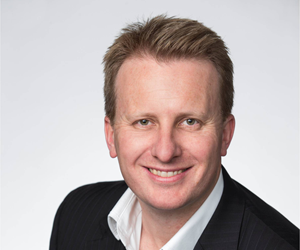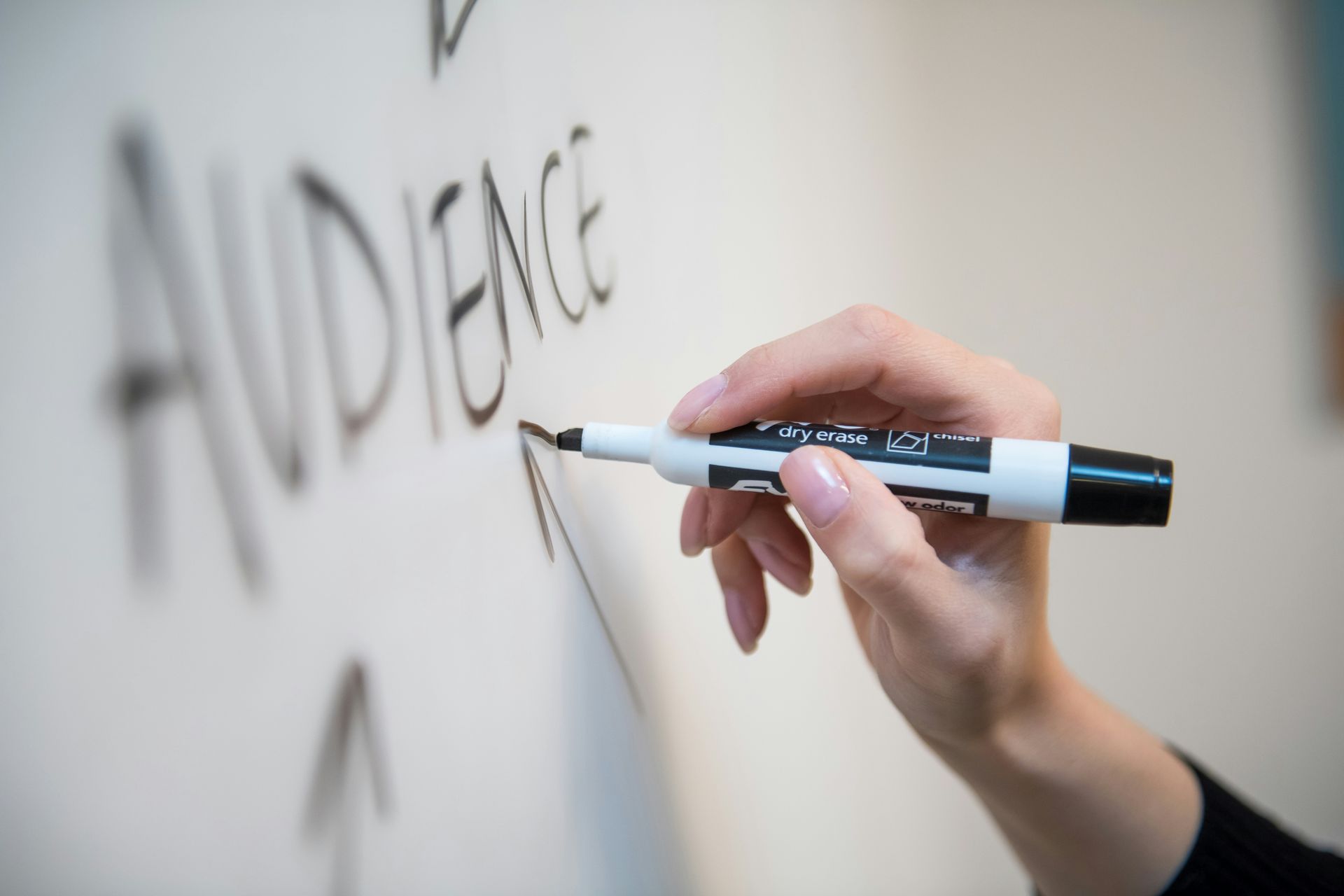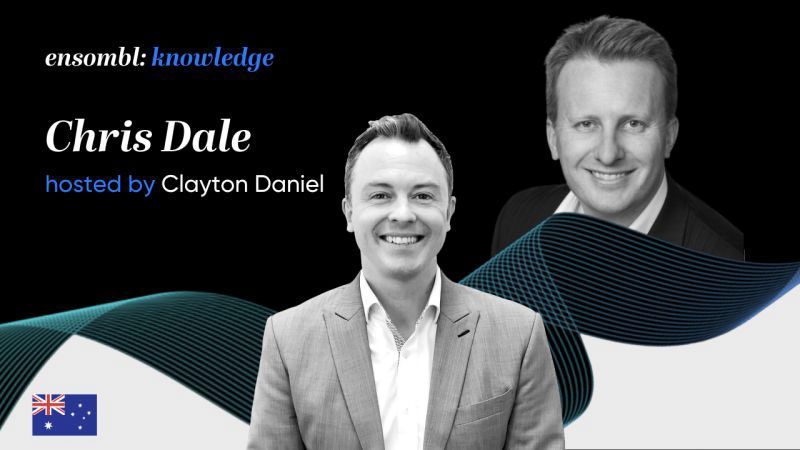
Are you a born salesman? No, neither am I.
When I hear that term, images of a smooth talker who hoodwinks customers into handing over their cash come to mind. It’s an outdated concept, but a stereotype that still exists today.
I have a different philosophy. I think good salespeople are trained, not made. Sure, some are good at building rapport, and others very personable, but at the top end of town, if you don’t know your stuff – you are going to get found out.
From my experience, converting more leads into customers is more science than luck. Over the years, I’ve learned a variety of techniques through training and observed some top salespeople ply their trade. Based on this, here are 10 strategies I’ve learnt over the years that can dramatically increase how many leads you convert into customers.
Stop talking and start listening
Years ago, I got a great piece of advice from a leading sales expert. “Customers will tell you how they want to buy from you – your job is to let them”. This really made me think and completely changed the way I approach sales conversations. It also dramatically increased my conversion rate.
Put simply, let your customer talk. Ask some leading questions and they will tell you the problem they need to be solved. Most will also have some idea of what the solution may be. Your job is to mould their “idea” of the solution with your service offering. When they tell you how they want to buy, and it matches your solution – you’ll convert more sales.
Get customer buy-in for your proposal
Where possible, try and get your customer to buy into your proposal. And by buying in, I mean having a role in its creation. This usually works well when you have multiple decision makers, but one person managing the selection process.
Simply send them a “draft” proposal for their review prior to finishing your final document. Get them to give you feedback and incorporate this into the proposal. By doing this, the customer has bought into your proposal and will most likely become a champion for it over others that are in the running.
Use a copywriter and proofreader
Really important proposals should always be proofread and edited by a copywriter. Many proposals don’t get any further due to basic spelling and grammatical errors. You’ll find a well-written proposal is more likely to succeed over a poorly written one.
Use scarcity to your advantage
Scarcity is a great marketing tool but is seldom used in proposals. Any proposal should have an expiration date. This is the date at which your offer is no longer valid, and also the date from which the team you may have recommended to work on a project cannot be guaranteed to be available. This creates a sense of urgency and works particularly well with consulting proposals.
Offer references straight up
If you have clients that are happy to act as references for your business, put them in the proposal up front. This shows you have confidence in your business and have nothing to hide. I can also guarantee you that most of your competitors won’t put them in there. The other truth: they are unlikely to be called, but it will add real value to your proposal.
Find common ground
There are three things that most customers must do before they will buy your service or product: they need to know you, like you and trust you.
You can achieve the “know” and the “like” by finding common ground early in a sales conversion. Look for opportunities to engage with a prospect on a personal level. If it’s obvious they have young children and you do too, talk about that before you engage in any formal sales talk. The more you do, the more you will be liked and you’ll then be on your way to be trusted – even if “trust” is a little tougher to earn.
Don’t shock them on price
You can’t hide from the fact that price will be a very important part of the buying decision. But don’t wait for the final proposal to present them with a price.
Firstly, if their expectations on price are unrealistic then these potential clients should be filtered out well before the proposal stage. Indicate verbally a general figure or better still, have your pricing available on your website or marketing material. If you shock them on price, it can become too distracting to the whole process and you will often lose the sale.
Follow Up
It’s amazing how many sales opportunities are lost because of no follow-up. Any proposal or sales meeting should be followed up the next day. Don’t look for an answer though, just ask if there is any more information you can provide. Then you need to follow up your proposal.
People get busy and distracted so you need to remind them to keep them on track. If they don’t want to proceed, it’s better for you to know early so you can pursue other opportunities.
Find trusted endorsers
Trusted endorsers are people that may know your sales prospect and can put in a good word for you. Hearing second-hand that you are a decent and reputable person goes a long way to building trust and will increase your conversion rate.
Offer a guarantee
A guarantee is the ultimate risk-reversal strategy. It works well in any product or service category and will always increase conversion.
A guarantee takes the risk away from the buyer and places it firmly with the seller – so with no risk, most customers will go ahead. The truth is unless the product is mechanical, 99% of customers won’t take up the guarantee. They just want security when they make that purchase.
While some of these strategies may sound simple, sometimes simple is simply the best strategy. Using any one of these strategies may create improvements to your sales conversions; use more than one and integrate them into your regular sales practice – that’s when you could dramatically increase your conversions. Don’t say I didn’t warn you.
Recent Posts




Author: Chris Dale
Chris Dale is the lead Fractional CMO and Managing Director of MarketingHQ. He is a Certified Practising Marketer with over 25 years marketing experience.






